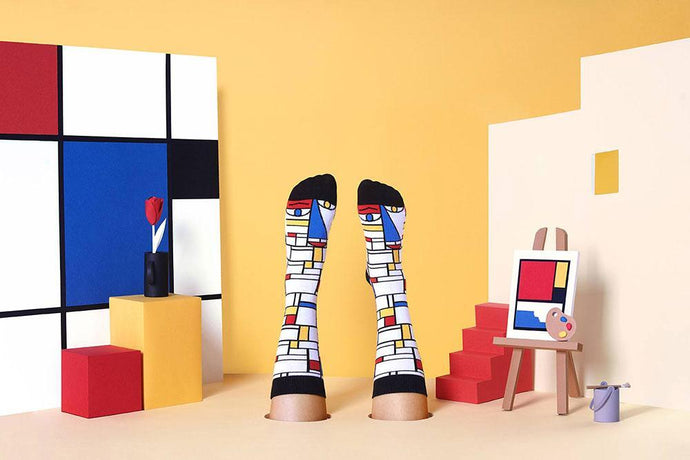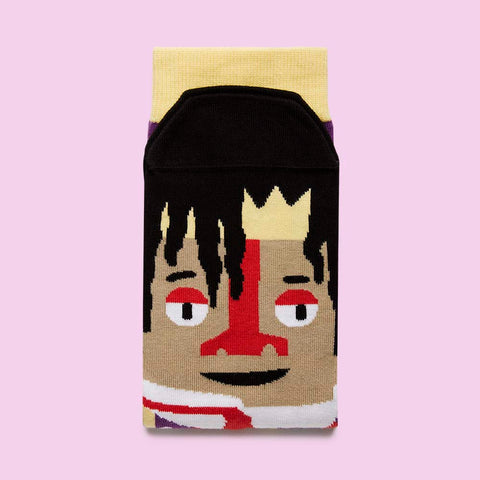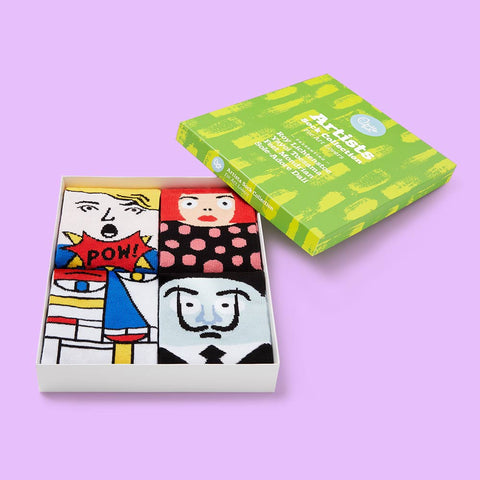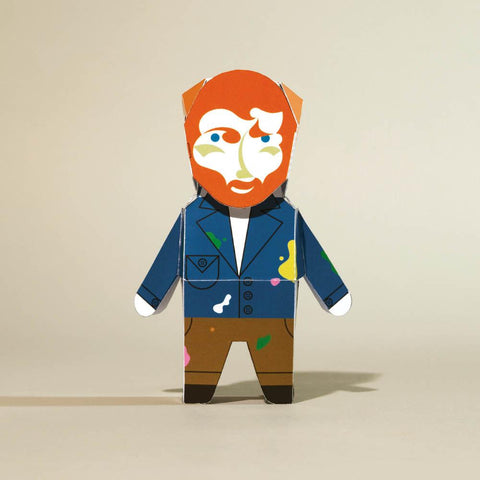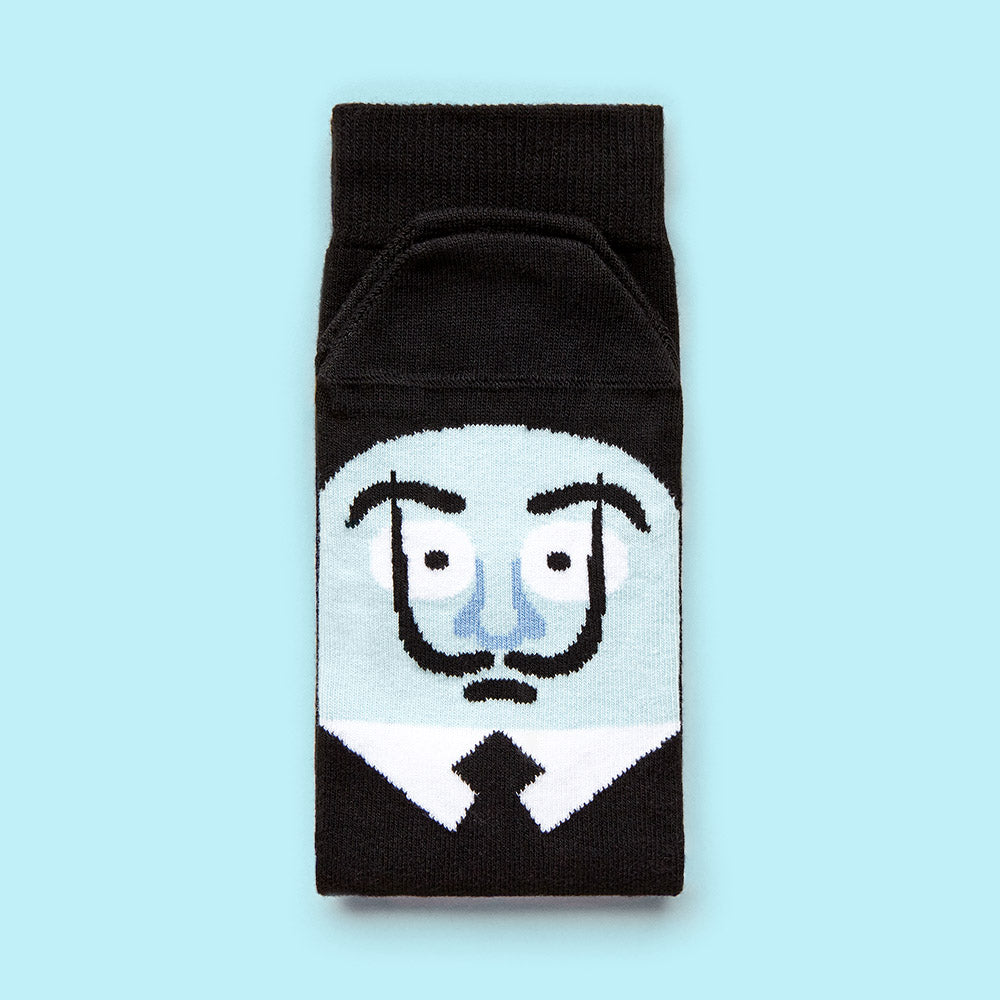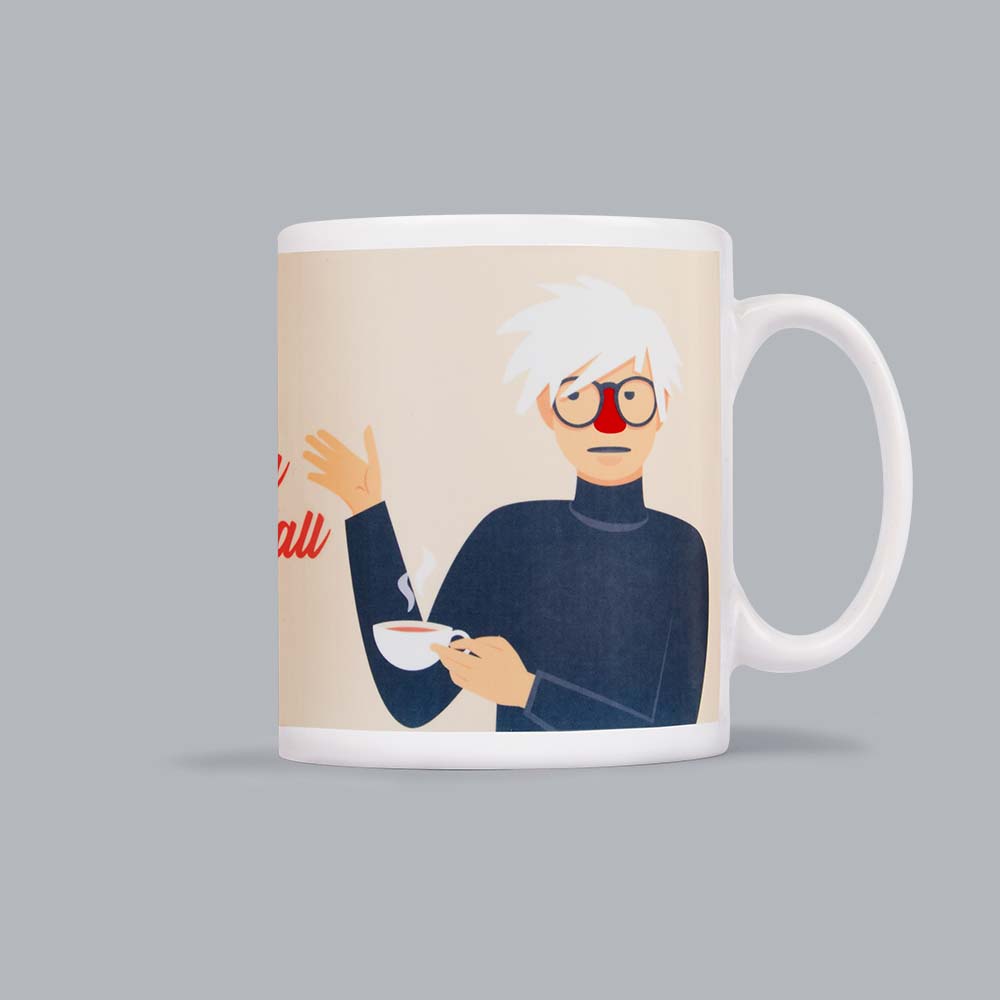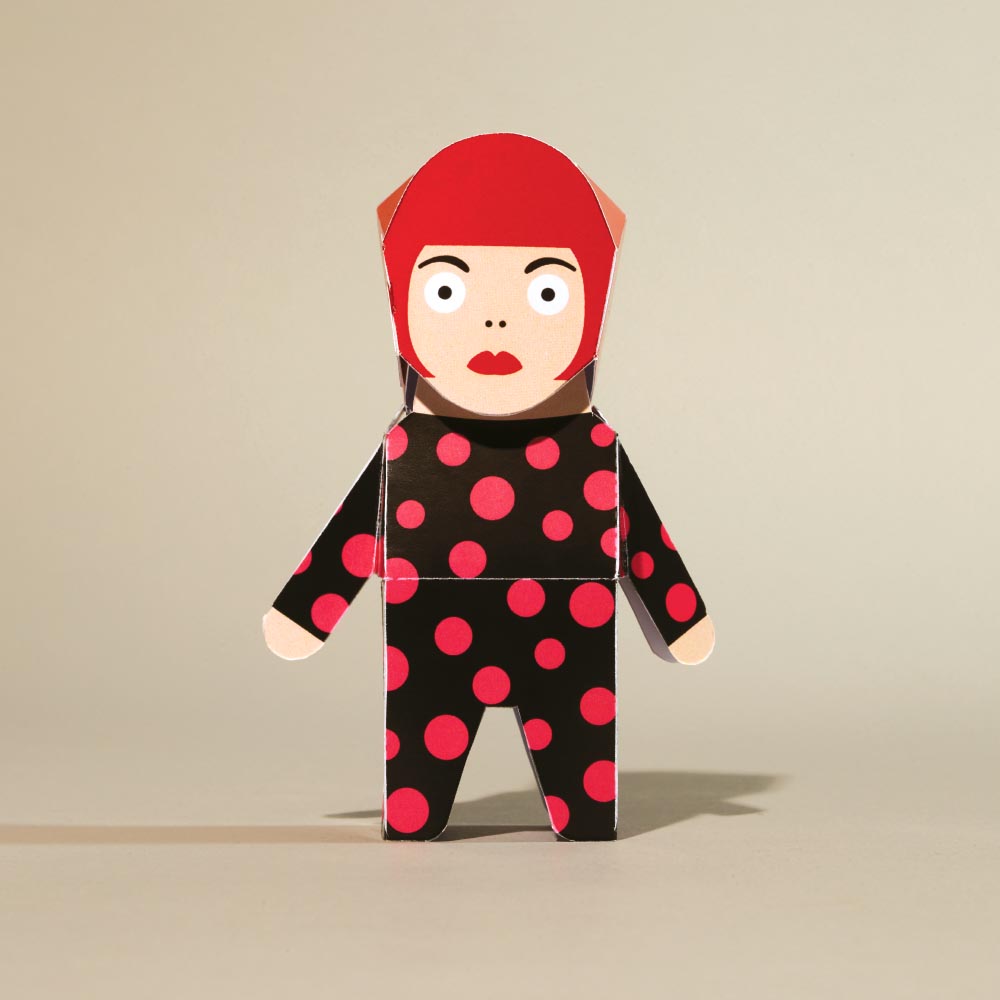The beginning
Born in 1928, Andy Warhol was the youngest of three brothers. His parents were originally from Eastern Slovakia but immigrated to America in the early 20s. Warhol was born in the urban surroundings of industrial Pittsburgh. Growing up during the Great Depression he ended up bedbound at the age of 6, suffering from scarlet fever. During this time his family kept him entertained by teaching him how to draw and trace images. He later became the first member of the family to go to university and his sketches won him a small scholarship.
Creative periods
In the 1950s Warhol became an illustrator and created adverts, record covers, books and fashion illustrations for Vogue and Harpers Bazaar. This early foray into the world of advertising influenced his future work. He used comic strip imagery along with advertising art (such as the famous Campbell’s soup can) in his early pieces in the 1960s and the Pop Art movement was born. When Warhol learnt to screen-print in 1962, his discovered that multiples could be reproduced in larger volumes than ever and this led to his first major exhibition in the Ferus Gallery in LA. His studio in New York became known as “The Factory” and was a hub of creativity for many years.
In the Post Pop era (1970s and 80s) Warhol experimented with commercial filmmaking and reinvented the society portrait. Works made at The Factory became much less risky and more mainstream. Warhol also launched a magazine called Interview which took up much of his time during this period.

Photo by Dave Nakayama
Personal life
Warhol’s mother Julia was the most important person in his life and her creative talents influenced his work over the years. Her creative handwriting features on many of his artworks and she won awards for her lettering technique. In the 1950s Julia moved to New York City to live with Andy and continued her own career in singing and drawing throughout the decades that they lived and worked together.
Andy Warhol was shot in 1968 by a visitor to The Factory and was in a critical condition for a long time. After he recovered, the event served as a turning point in his life – his work became much less controversial and his films were more commercial rather than experimental. Warhol died at the age of just 58 in 1987 after a routine gall bladder operation.

Photo by Gisela Giardino
Important paintings by Warhol
The most recognisable of his artworks, the Campbell’s Soup Can, was the first piece he exhibited in Los Angeles. But it wasn’t just a single can replicated over and over – it contained the 32 varieties of soup made by Campbell’s at the time. The commercial nature of the images caused controversy and led to Pop Art becoming a major art movement.
Another of his famous reproductions the Marilyn Diptych was created in the weeks following Marilyn Monroe’s death. It features a publicity photo of the star covered in bright vivid colours, and a black and white version gradually fading away to almost nothing, symbolic of mortality. Warhol’s series of self-portraits in bold primary colours provides one of the most iconic images of the twentieth century. The images were produced in 1986 (the year before his death) and feature his characteristic shock of white hair.

Photo by Sharon Mollerus
Notable quotes
“In the future, everybody will be world famous for fifteen minutes”
“Art is what you can get away with”
“Being good in business is the most fascinating kind of art. Making money is art and working is art and good business is the best art”
“I think having land and not ruining it is the most beautiful art that anybody could ever want to own”

